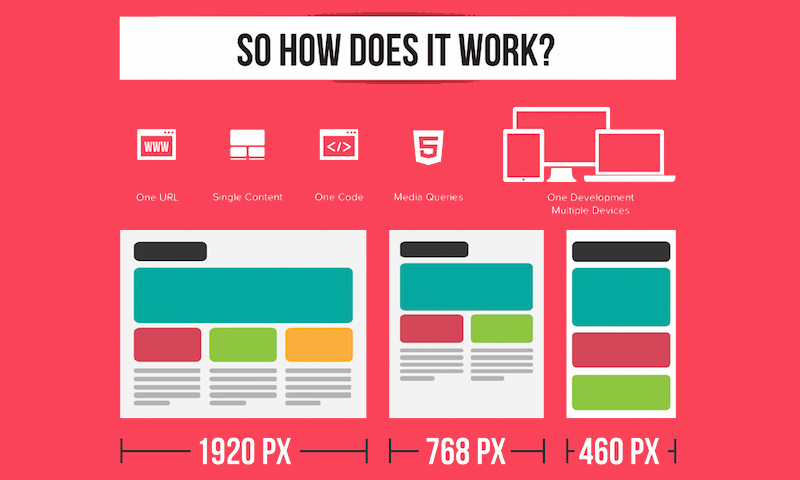Site Style Essentials: Tips For Building A User-Friendly Website
Site Style Essentials: Tips For Building A User-Friendly Website
Blog Article
Material Composed By-Aguirre Thorpe
When it pertains to web site style, making sure user-friendliness is crucial. From responsive style to structured navigation, every component plays a critical role in creating a site that satisfies your target market's requirements. Yet what concerning the finer information that can make or break a customer's surfing experience? Remain tuned as we discover some often-overlooked ideas that can boost your website's usability to the following degree, making it really stand apart in the digital landscape.
Significance of Responsive Design
Receptive design is an essential aspect of modern internet site advancement. Guaranteeing your web site is responsive means that it can adjust to different display sizes and gadgets, supplying a smooth experience for individuals.
With the raising use of mobile phones and tablets to access the web, having a responsive style is necessary for reaching a bigger target market. It helps in enhancing individual experience by making your web site easy to browse and keep reading any type of gadget.
Additionally, receptive design can positively influence your online search engine positions, as online search engine like Google prioritize mobile-friendly web sites. By having a receptive design, you're likewise future-proofing your site, as new devices with varying screen dimensions remain to emerge.
Simplify Navigation Framework
To boost individual experience and help with very easy accessibility to information on your website, simplifying the navigating framework is critical. When designing your site, concentrate on developing a clear and instinctive navigation menu that aids site visitors find what they're looking for swiftly.
Limit the variety of menu products to the essentials, grouping related web pages with each other to avoid overwhelming users. Use descriptive labels that clearly show the web content of each page, making it simpler for users to comprehend where each link will take them.
Take into consideration implementing dropdown food selections for subcategories to stop littering the major navigating bar. In addition, include a search bar plainly on the page for users who favor searching for details information.
Prioritize mobile responsiveness in your navigation layout to make certain very easy accessibility on all devices.
Optimize Web Page Load Speed
Improving web page lots rate is critical for maintaining site visitors on your internet site. Slow-loading web pages irritate individuals and can lead to high bounce rates. To optimize page lots speed, start by enhancing photos. Press pictures without jeopardizing high quality to minimize their file sizes.
In addition, enable web browser caching to store regularly accessed sources in your area, accelerating tons times for returning site visitors. Minify CSS, JavaScript, and HTML data by getting rid of unnecessary personalities, remarks, and format, improving load speed.
Consider making use of a web content delivery network (CDN) to distribute your site's web content across multiple web servers worldwide, reducing latency for individuals accessing your website from various locations. Finally, https://www.forbes.com/sites/forbescommunicationscouncil/2018/03/28/four-seo-tips-on-how-to-successfully-launch-your-product-in-a-foreign-market/ using third-party manuscripts and plugins, as they can considerably influence lots times.
Final thought
In conclusion, by including responsive style, streamlining navigating, and optimizing web page load speed, you can produce an user-friendly website that appeals to a wider target market and boosts user experience. These essential elements make certain that site visitors can quickly access and navigate your website throughout different devices, causing increased interaction and satisfaction. By focusing on these essential facets, you can build an effective web site that maintains customers returning for more.
